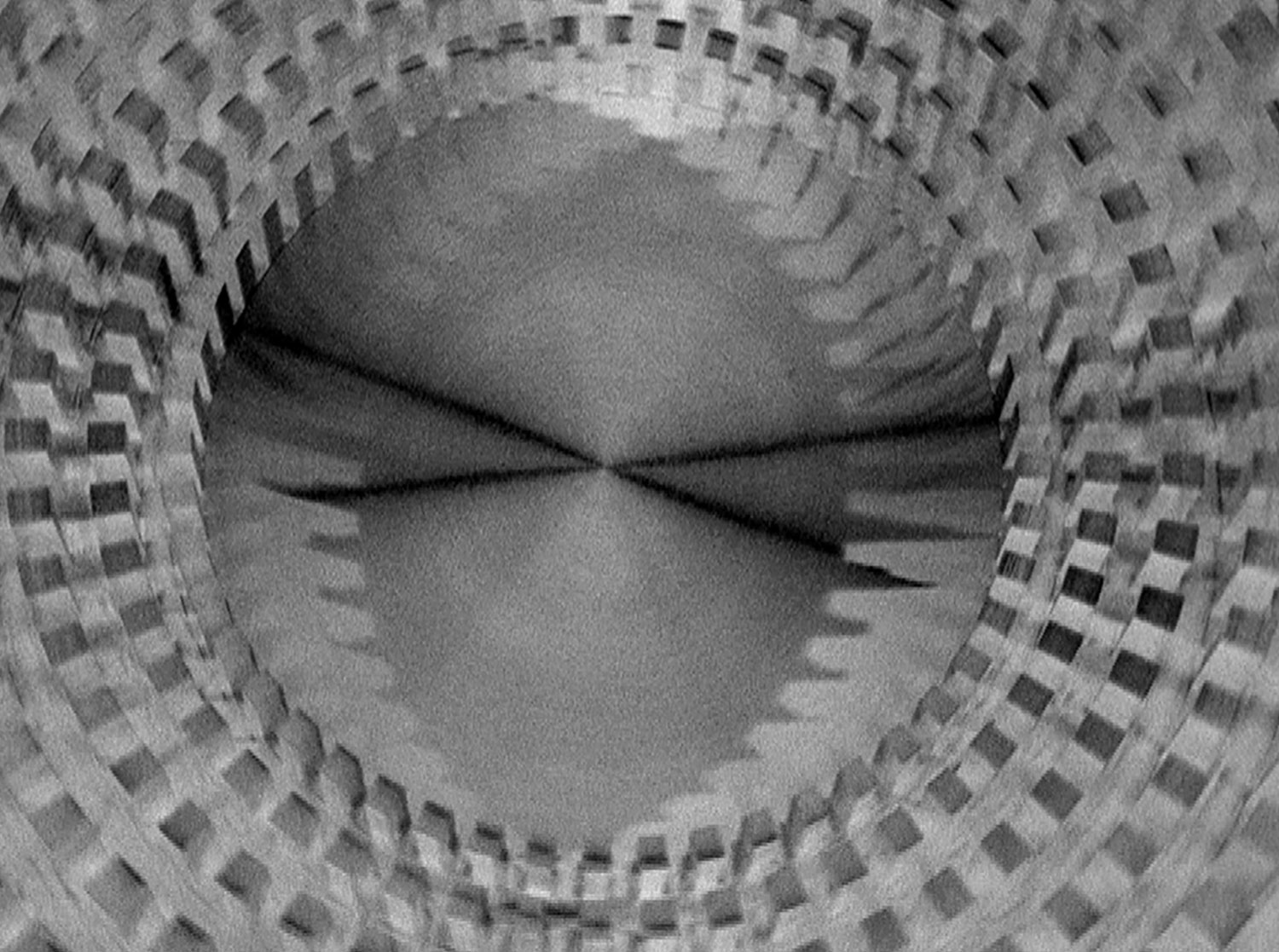Le Corbusier’s retrospective at the Centre Pompidou would have left no traces on the art calendar had it not been accompanied by the release of three books detailing the architect’s relationship with Fascism. Held on the fiftieth anniversary of his death, the show conspicuously ignored this issue, implicitly ceding its examination to journalistic scrutiny. While a birthday is never a good moment to start an in-depth analysis of such filiation, the total absence of any comment is an autobiographical distortion to say the least.
The exhibition is organized around the modulor, a metric system invented in 1944
by Le Corbusier in order to adapt each of his constructions to human scale. This starting point was chosen by the exhibition curators in order to dwell on the architect’s less-known artistic vein, which departed from functionalist dogma to adopt more symbolic tones. If the industrial still life that he realized in the context of the Purist movement shared similarities with his architectural achievements, the “acoustic” sculptures that he started in the 1940s overtly assumed expressionist accents. The exhibition offered few others highlights from his already well-covered oeuvre. His collaboration with Iannis Xenakis for the Phillips Pavilion realized in the context of the Brussels World’s Fair in 1958 is one of them. Conceived as an electronic poem, the building was an organic synthesis of music, architecture and the visual arts; composed by Edgard Varèse, the music accompanied a filmic collage of vivid colors, pop references and African sculptures. The interior design of the pavilion mimicked the stomach of a cow and could “digest” five hundred visitors every ten minutes, a prophetic gesture that seems to have foreshadowed some contemporary mega exhibitions.
Yet by eliding Le Corbusier’s affinities with the French fascist regime, the retrospective slips into an institutional liturgy immune to biographical facts. Due to what is known as the “Streisand effect,” a term that characterizes the media frenzy that follows an attempt to hide information from the public realm, this omission tends to cloud the celebration of the modernist icon.



